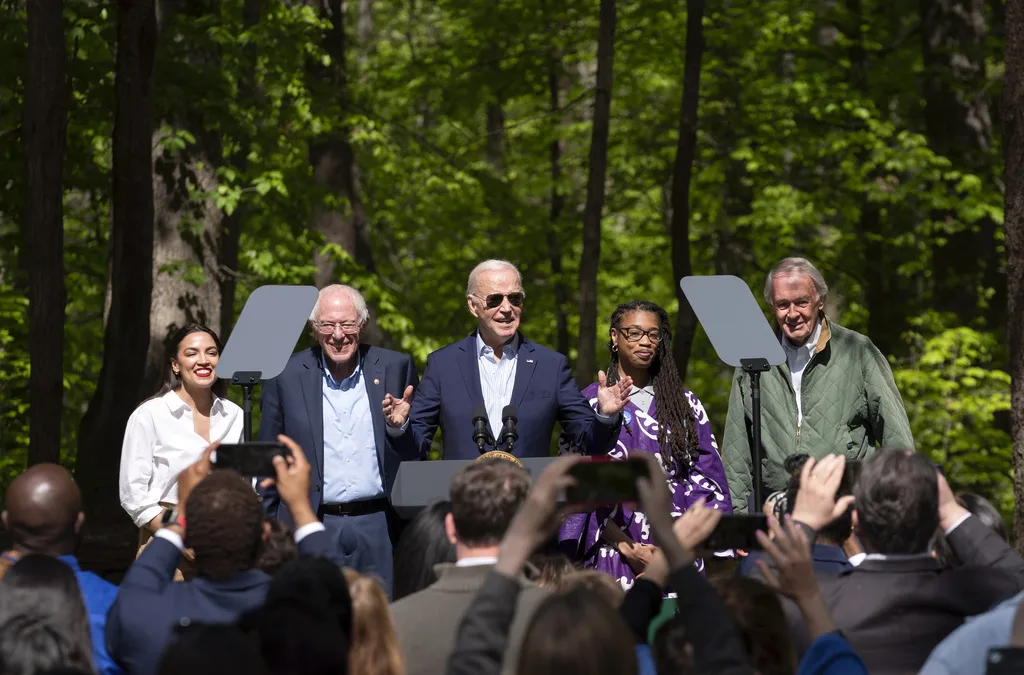
In this aerial view from a drone, people line up in their cars to receive food assistance at the Share Your Christmas food distribution event sponsored by the Second Harvest Food Bank of Central Florida, Faith Neighborhood Center, and WESH 2 at Hope International Church on December 9, 2020 in Groveland, Florida, near Orlando. As government support has run out and food banks are strapped, more Americans are shoplifting to make ends meet. (Photo by Paul Hennessy/NurPhoto via Getty Images)
The federal government has failed to provide additional unemployment aid since July, and food banks are inundated.
The effects of the pandemic have been felt in a lot of unexpected ways, and recently retailers have reported another: an uptick in shoplifting.
Increasingly, Americans are running out of options to survive. Millions have lost their jobs and federal stimulus programs have either already lapsed or will in the coming weeks. Additionally, another round of coronavirus aid from the federal government is stalled as lawmakers remain at an impasse.
While hunger has been a problem in the United States for decades, it’s now front and center and affecting a broader swath of the population than ever before. Experts estimate that there is more hunger in the United States now than at any other point since 1998, when the Census Bureau began collecting data on the issue.
Estimates from the nonprofit Feeding America note that based on unemployment and poverty levels show that food insecurity could increase by 43% over the course of 2020—from 35 million people at the start of 2020 to 50 million or more by the end of December. Data is now also showing that this has led to an increase in the number of Americans stealing food to survive.
Retailers, police departments, and security experts have all noticed shoplifting tick upward, despite it being an underreported metric. Pantry staples like bread, pasta, beans and baby formula are all being lifted at a higher rate than in previous years. Statistics from Philadelphia show a 60% increase in instances of shoplifting from 2019 to 2020, according to The Washington Post.
The hunger crisis couldn’t hit the US at a worse time. Food programs like SNAP and WIC have been cut by the Trump administration, federal assistance programs are set to expire before the year’s end, and food banks are unable to meet the skyrocketing demand.
One such federal assistance program has already run out of money. The Farmers to Families Food Box program, which was launched in May to support farmers and provide food to jobless Americans. Through the program the federal government bought billions of dollars worth of dairy, produce, and meat from struggling farmers and allocated it to food banks across the country.
It was supposed to provide aid through the end of the year. However, the shortage of federal money and increased demand has forced the program to end a month early. Additionally, its last shipment of food was much smaller than previous allocations.
The Farmers to Families Food Box program implemented four rounds of funding, the first three were around $1 billion dollars but the fourth round was cut to $500 million. The USDA acknowledged the smaller amount of funding in a statement and noted that many non-profit organizations chose more expensive boxes at the start of the program knowing it would deplete the program.
The smaller allotment of funding means that some organizations have gone from offering people large boxes of meat, dairy, and groceries to one plastic bag per car. Even organizations that were included in the last round of funding were left without food to offer.
In Florida, one nonprofit was expecting 12,000 boxes of food to distribute, but received nothing, severing a lifeline that the federal government had promised.
The smaller allotment of funds have left out some nonprofits altogether. For instance, the United Way of the Adirondack Region was included in the program for the first three rounds of funding, but was left out for the fourth.
The sudden end to the food boxes, “left a palpable void,” John Bernardi who works with United Way of the Adirondack Region told the Washington Post. “The turnout had been unbelievable through the spring and summer. The boxes were really outstanding with fresh food, meat, and dairy. This has left the food pantries overwhelmed.”
Politics

Influencers and creators find new ways to engage young Philadelphia voters
Rec Philly, a space for creators and influencers, teamed up with Show Up Strong to get hundreds of young Philadelphia residents engaged in the...

New Biden rule protects privacy of women seeking abortions
Under the new rules, state officials and law enforcement cannot obtain medical records related to lawful reproductive health care with the goal of...

Biden marks Earth Day by announcing $7 billion in solar grants
The Biden administration on Monday announced the recipients of its Solar For All Program, a $7 billion climate program that aims to lower energy...
Local News

Conjoined twins from Berks County die at age 62
Conjoined twins Lori and George Schappell, who pursued separate careers, interests and relationships during lives that defied medical expectations,...

Railroad agrees to $600 million settlement for fiery Ohio derailment, residents fear it’s not enough
Norfolk Southern has agreed to pay $600 million in a class-action lawsuit settlement for a fiery train derailment in February 2023 in eastern Ohio,...





